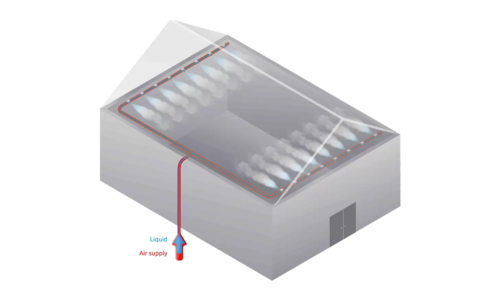
Automatic nozzles for intermittent spraying
Spray nozzles and systems for intermittent spraying are used in processes where high-precision dosing is required or when using a very expensive spray medium and spillage is to be avoided.
Nozzles and systems for intermittent spraying of liquids are used, for example, in the food and pharmaceutical industries when high precision in dosing is required, or when a very costly spray media is used and spillage is to be avoided. The spray and dosage are controlled by means of electrical or pneumatic controls. All atuomatic nozzles can be used together with BETE's FlexFlow™ Spray Control System | Hansa Engineering, creating a complete, automated spraying solution with very high precision.


EHP
- Max 3.8 l/min (liquid)
- Max 150 cycles/sec
- Electrically actuated
- Food Grade Hygienic Design
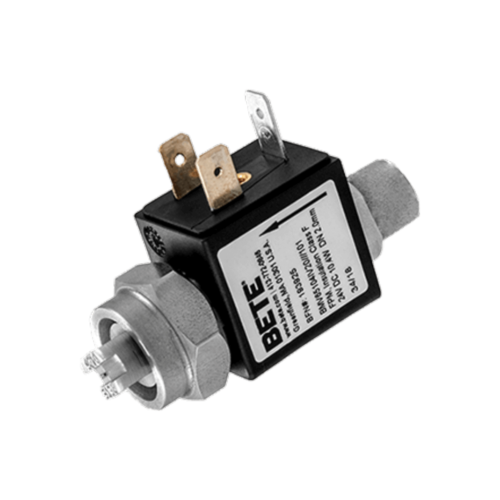

EHPI
- Max 3.8 l/min (liquid)
- Max 50 cycles/sec
- Electrically actuated
- Industrial Design
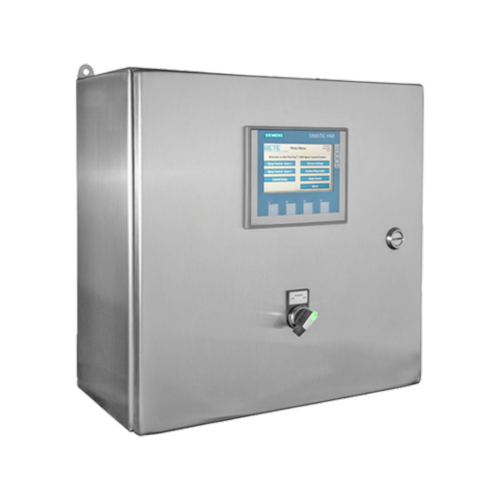

FlexFlow™ Spray Control System | Hansa Engineering
- Spray control system for intermittent spraying
- Plug-and-play
- High precision
- Flexible automation


PHP
- Max 57.7 l/min (liquid)
- Max 3 cycles/sec
- Pneumatically actuated
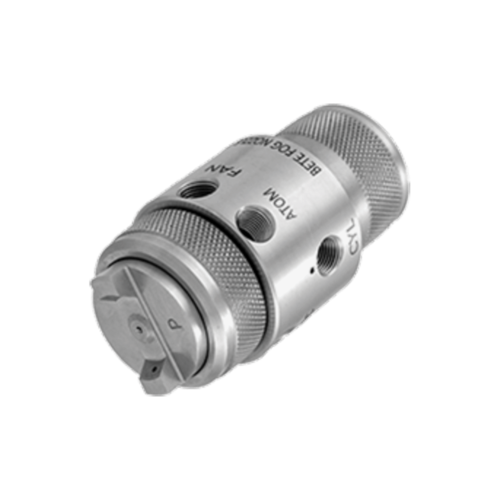

SAM
- 2.7 - 174 l/h (liquid)
- 80°
- Precise atomised intermittent spraying and metering of the liquid flow rate
- External mixing


XA10/XA11
- Max 4.53 l/hr (liquid)
- Max 3 cycles/sec
- Pneumatically actuated
Intermittent spraying and Pulse Width Modulation (PMW)
Spray nozzles and systems for intermittent spraying are used in processes where high precision dosing is required or when using a very expensive spray medium and spillage is to be avoided. The spray and dosage are controlled by means of electrical or pneumatic control.

Pulse Width Modulation (PWM)
BETE's FlexFlow™ Spray Control System | Hansa Engineering creates optimal spray precision by regulating the spray flow using Pulse Width Modulation (PWM). With traditional spray nozzles, the flow is adjusted by changing the fluid pressure, which in turn leads to a change in droplet size and spray pattern. PWM flow control creates a cyclical spray, i.e. on and off, up to 150 times per second. FlexFlow™ controls the fluid flow, with unchanged spray characteristics, without requiring a change in fluid pressure, creating a uniform, high-precision spray.
Choose the right spray nozzle for an optimised spray process
Each type of spray nozzle has a specific flow rate, spray pattern and droplet size. To optimise the spray process, it is important to understand how different parameters affect the choice of spray nozzle and solution.
- What is the function of the spray nozzle and the spray process?Read the full answer
The first step when choosing the right spray nozzle is to define the function and application of the spray process, such as cooling a gas, washing a tank or flushing a conveyor belt. Type of spray nozzle, thus also spray pattern and droplet size, are important to consider in order to optimise the spray process.
- Which droplet size is most suitable for the spray process?Read the full answer
Droplet size is often critical in optimising a spray process. Many processes, such as gas cooling and gas scrubbing, depend on exposing the maximum total liquid surface area. The liquid then needs to be distributed in a large number of small droplets to create as much total surface area as possible. Other spray processes ...
- What surface should the spray cover? How should the nozzle be positioned?Read the full answer
The position of the nozzle over the target (D) and the area to be covered by the spray (B) are important to know in order to choose the right spray angle (A). The spray angle is measured near the nozzle orifice and the droplets are immediately affected by external forces such as gravity, air and gas flow.
- Desired flow rate? Available pressure?Read the full answer
Desired volume flow depends on the specific spray process. Most spray processes have general rules of thumb for flow ranges, but in many cases on-site testing is needed to achieve the right results.
- What type of liquid is used in the spray process?Read the full answer
A liquid's specific gravity, viscosity and the presence of particles affect the spray characteristics of the nozzle.
- Are there external factors affecting the nozzle spray?Read the full answer
Sometimes the spray is affected by external forces such as process gas flows, air flows or wind.
- Which material is most suitable for the spray process?Read the full answer
Listed below are a number of factors that should be considered when selecting materials for a specific nozzle. An incorrect choice of material is likely to affect the performance and life of the nozzle. We are happy to help and advise on which material is most suitable in your ...
- What are the benefits of an optimised spray process?Read the full answer
There are many factors to consider when selecting a nozzle for a specific spray process. An optimised spray process can make a big difference, contributing to: improved product and process quality increased production and reduced time for unplanned stops reduced maintenance costs lower operating costs by reducing the use of ...

Previous projects
Read more about a selection of customised solutions and projects we have carried out for our industry colleagues and partners.
Right solution, delivered on time
Delivering the right solution on time requires co-operation, structure, attention to detail and following a process throughout the project.
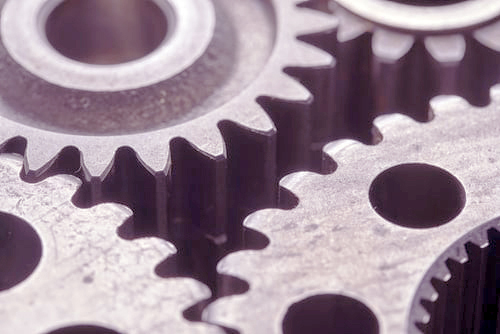
FAQ Spray nozzles & systems
Here you will find a variety of questions and answers about spray nozzles and spray systems.









